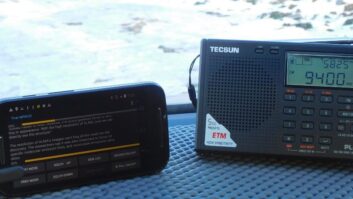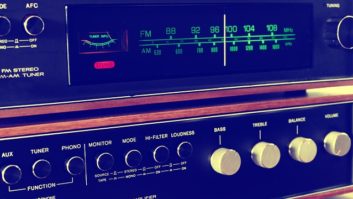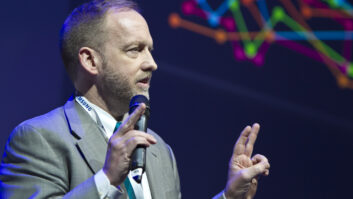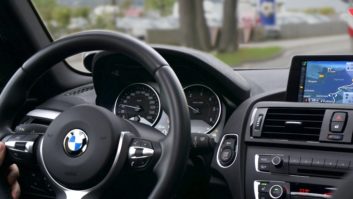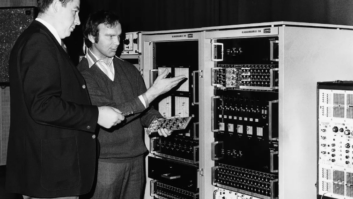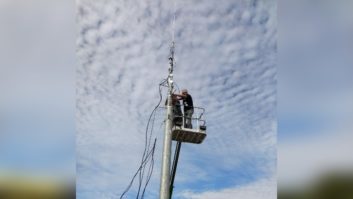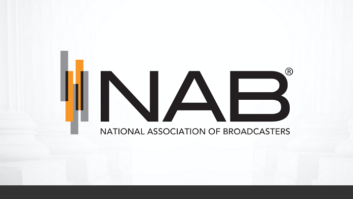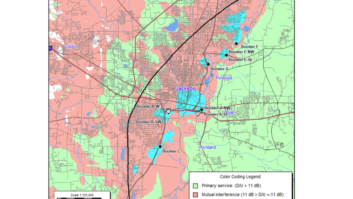GUEST COMMENTARY

BERLIN — Almost every country in the world operates medium-wave transmitters. In fact, many countries use several transmitters with an output power above 500 kW.
Medium wave offers large-area propagation, including coverage of neighboring countries, and today there is no alternative technology available.
Satellite and cable are vulnerable due to government control in certain regions, Internet radio needs large bandwidth and is not designed as a “one-to-many” medium, while technologies such as DMB, DVB and DAB, can only reach relatively small areas due to the limited coverage of the frequencies they use. These “modern” options are also more costly and are thus mainly utilized in highly populated areas and by countries where advanced infrastructure and large propagation networks are available.
EXTENDED COVERAGE
Many nations have decided to switch off (either partially or fully) AM broadcasts. In doing so, they are giving up a field-proven opportunity to inexpensively reach listeners with a relatively “small” infrastructure — even if these installations are physically huge, they also offer extended coverage.
There is no lack of AM receivers. The technology, established some 100 years ago, is identical worldwide, where any available AM receiver can function. This is a big advantage, particularly in disaster or emergency situations, since a large population can be reached at minimum cost and effort.
In situations where inhabitants flee their home countries such as the Syrian refugee crisis, for example, it is important to reach these people before they leave home and provide them with current information. The refugees need to be informed about what awaits them at their destination — the political situation, culture, etc.
Once they arrive, the task at hand then becomes to help them successfully integrate in the country of adoption. In Germany, some public broadcasters have begun producing programs targeted at refugees in their native language, airing them locally over the Internet.
While this is certainly a step in the right direction, the dissemination of these programs, which are created for those who have already made their way to Europe, depends on Internet coverage and the availability of Internet radio-capable cellphones or computers.
If broadcasters used AM technology, with its easy-to-use, available and cheap receivers, they could increase their audience and reach a large number of people in various countries, without the need for expensive cellphones and cellphone contracts. Another option is Digital Radio Mondiale technology. DRM would allow broadcasters to transmit the broadcasts in additional languages and with more information. However it would also require the appropriate receivers — a small investment really for such a big savings.
USEFUL SERVICE
Using analog (or digital) AM would make it possible to touch the listeners in their home countries and also on their way to us. This is possible without new installations since everything is mainly in place. All that is needed is the determination and some money to switch it on — quite efficient!
Broadcast providers and network operators should maintain AM broadcasts for such political challenges. The willingness to help the refugees integrate into their new world is apparent in many governments and it is a question of humanity to use such ways of communication in order to educate effectively.
Dipl. Ing. Jochen Huber is president of JHBC Broadcast Consulting and honorary member of the DRM consortium.
Radio World welcomes other points of view. Please send comments to[email protected].





